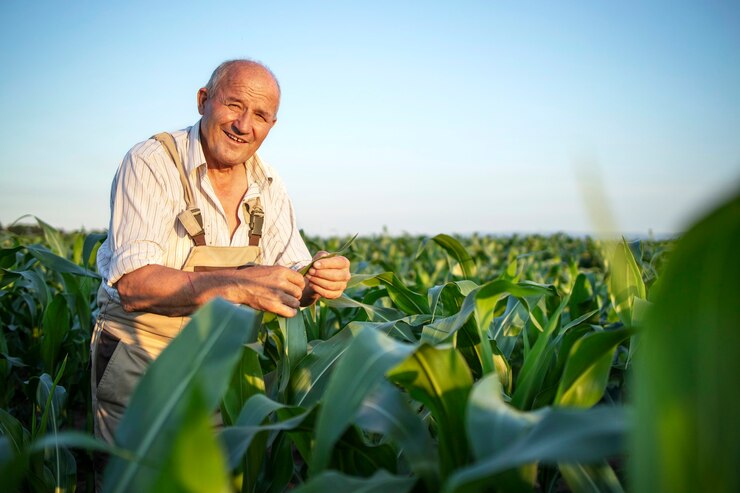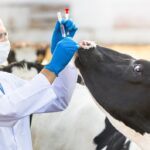Today we experienced another round of fuel price hikes with the 0.05% and 0.005% Sulphur content diesel grades increasing by R1.97/l and R1.94/l respectively to highs of R25.02/l and R25.22/l. This brought the cumulative increases in the price of the two grades of diesel to a whopping R4.81/l and R4.70/l in just two consecutive months.
This comes at the onset of heightened activity and consumption of fuel in the agriculture calendar as planting of summer crops begin followed by harvesting of winter crops towards the end of the year. Fuel accounts for about 10% of the annual grain and oilseed variable costs. In the livestock and horticulture subsectors, fuel is critical for transportation of produce to markets and recently a huge input in farm operations as well as cold storage facilities due to loadshedding in South Africa.
This has forced farmers to deploy the use generators in their farming operations such as irrigation, milking, abattoirs, and cold storage at huge costs during higher levels of loadshedding. Fresh produce always requires maintenance of a cold chain, and any breakage of the process compromises the quality and safety of perishables such as fruit, vegetables, and meat resulting in potential huge financial losses for farmers. With the poultry sector hit by the avian flu and the consequent disruption to operations in the industry, further fuel hikes are an additional financial strain for producers.
The short-term outlook for fuel prices remains uncertain given the increased volatility of both the international Brent crude oil prices and the rand/US dollar exchange rate. Although easing lately from an average of US$92.45/bbl. in September (1st to 28th) to US$91.12/bbl. so far, this is still above US$90/bbl. and there is further upside potential given the increased appetite for production cuts by major producers and exporters such as Saudi Arabia and Russia.
The rand on the other hand recently extended losses and topped R19.32/US$ thus posing upside risk to fuel prices. Higher fuel prices might dampen the consumer inflation outlook thus forcing the SARB to maintain elevated interest rates for a bit longer. Elevated debt serving cost for farmers have been a constraint for potential agriculture production expansion. Tight profit margins will limit the producers and processors’ capacity to absorb further cost pressures.
By Paul Makube, Senior Agricultural Economist, FNB Commercial
Join 'Farmers Mag' WhatsApp Channel
Get the latest Farming news and tips delivered straight to your WhatsApp
CLICK HERE TO JOIN






